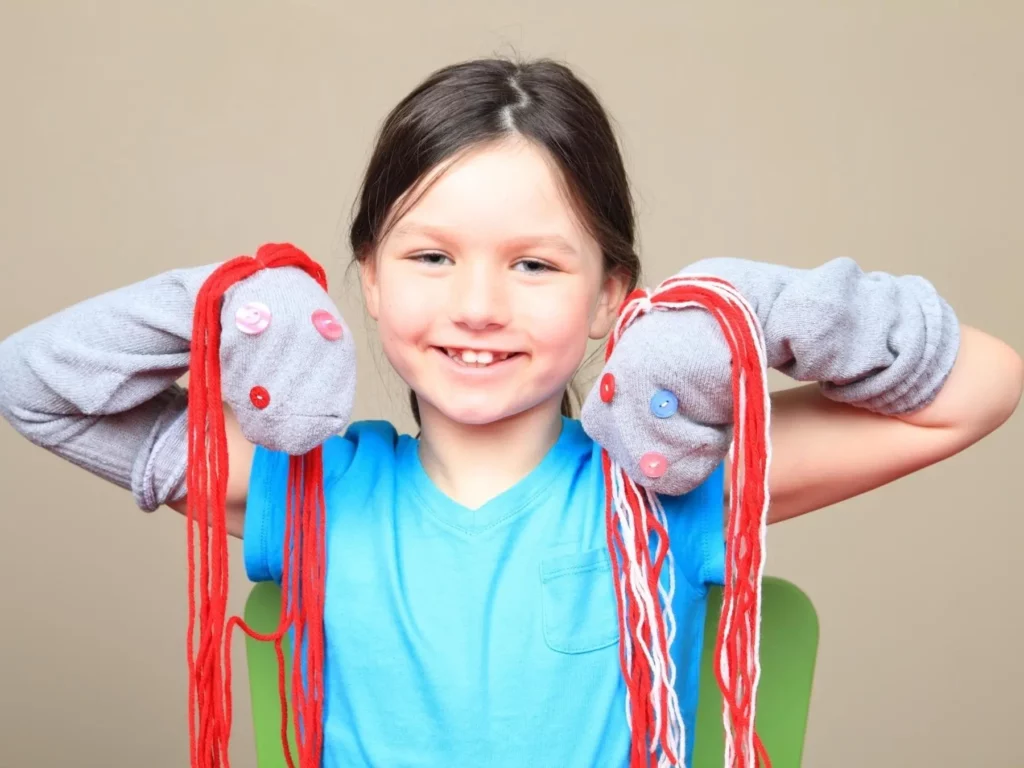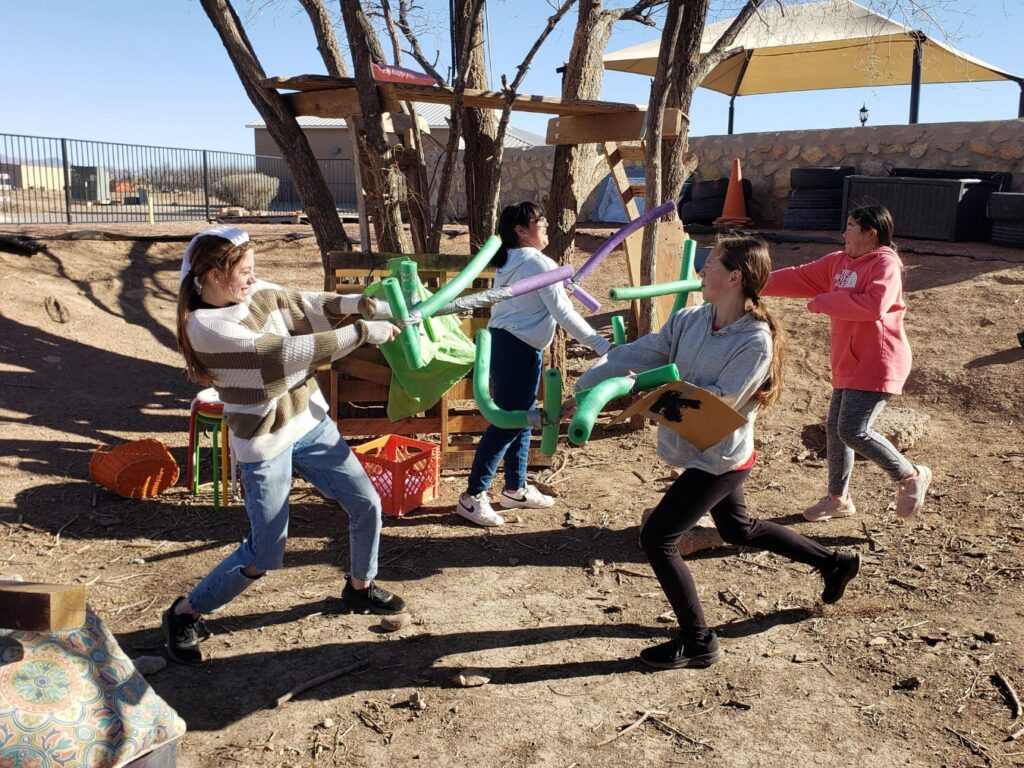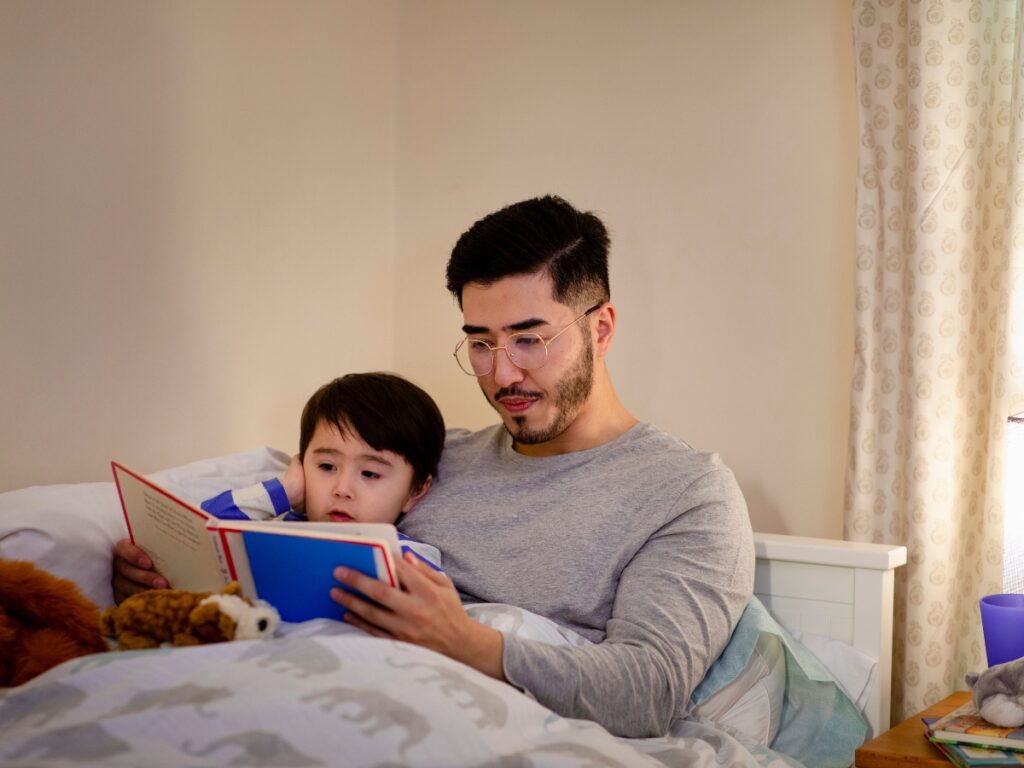Puppetry is one of the most ancient forms of performing arts, and while in some ways it is a dying art, in other areas, such as our beloved Sesame Street, it is alive and thriving! Puppets and the art of puppetry comes in many shapes and styles, but at its core, it requires a human to manipulate a character to tell a story.
The Puppet Quest made our scholars performing artists and experts on puppetry. They dove into the history of puppet theater, learned about various popular styles in different countries and cultures, and examined the role of puppetry in our modern life.
Quest Introduction
This quest involved our Scholars in creating a puppet show from start to finish, culminating in a performance for their families and peers. The scholars learned the history of puppet theater and general theatrical elements. They were scriptwriters, plot creators, and character designers and created the performance’s scenery, puppets, and other essential elements.
Scholars examined the following questions: How did puppet theater come about? What are the different types of puppetry? What are the fundamental elements of a story and creating a plot? Why are teamwork and collaboration essential when working in performing arts? What are the different roles on a production team?
As puppet show creators, scholars engaged in performance activities, learned how to manipulate and use various styles of puppets, built their storytelling skills, and participated in various STEAM activities.
Puppet Show Creation and Theatrical Study
Our scholars developed their creative side as they learned about the process of creating and designing a puppy show. They began by learning about the history of puppet theater and how puppet theater evolved in different countries. Then, they tried their hand at various puppet performance styles, including shadow puppets, stick puppets, glove puppets, and marionettes.
Scholars did a deep dive into story creation and the elements of a story. They worked individually and in groups to design characters and choose character traits. They developed an appreciation for the importance of the setting, how to use conflict and why it is essential to a good story.
Story maps were a vital part of our Puppet Quest, and scholars used them to break apart familiar stories and create their own. The examined popular stories from various points of view.
Once our Scholars had a comprehensive knowledge of how stories function, they examined the features of a script and how to write dialogue. They engaged in various dialogue activities, from writing a few sentences to designing a comic strip to completing a fairy tale MadLib. They had many chances to act out and practice their dialogue as they fine-tuned it for their final production and practiced editing written work.
Final Presentation
In preparation for the final performance, they each took on various roles within their group; director, actors, scenery design, puppet design, and music designer. They worked in pairs or small groups to finalize the different aspects of the performance and held production meetings to discuss progress and share ideas.
The final performance was a culmination of all their hard work and a chance to show off their newfound talents!
Working as a production team, they exemplified the importance of teamwork in the performing arts and how collaboration is essential.




